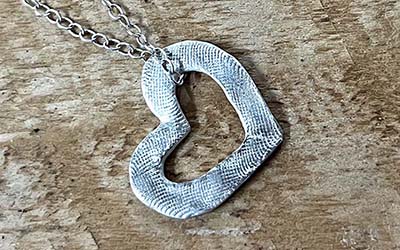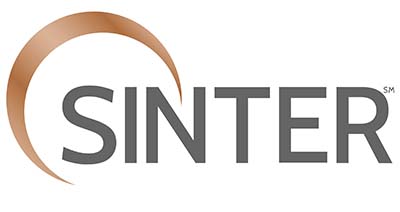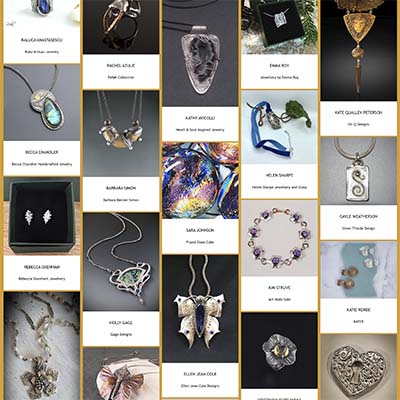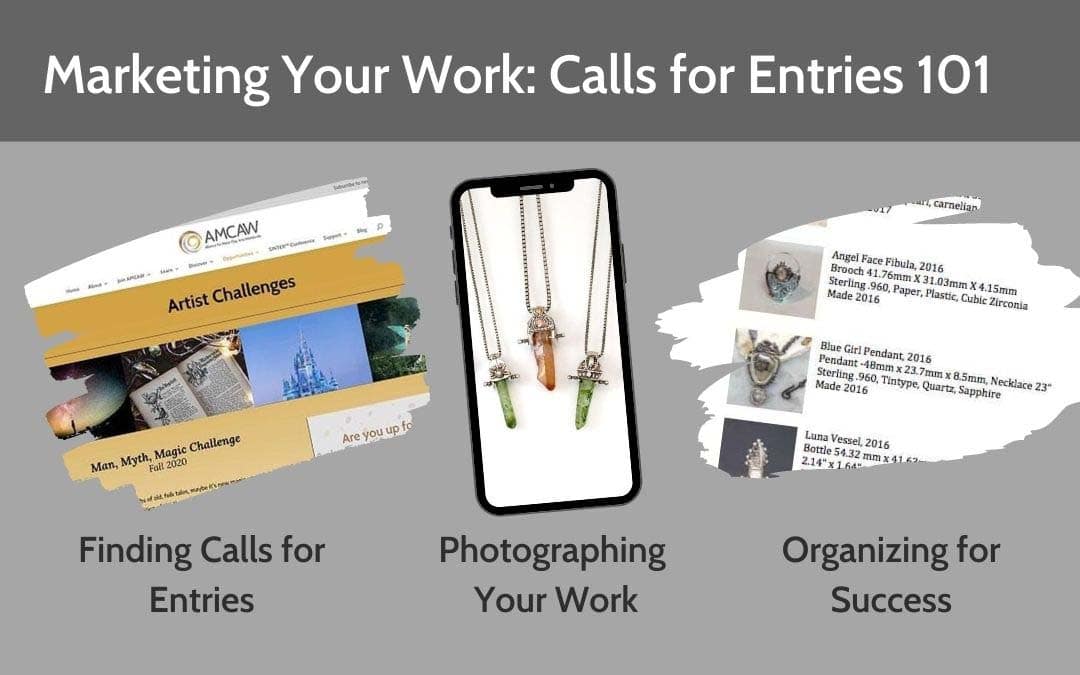Marketing and selling your work is just as crucial to your career as an artist as actually creating your work. Submitting your work to magazines, craft shows, exhibitions, challenges and competitions not only puts your work in front of potential buyers, but also results in building your artist resume or biography. Participation in juried shows, inclusion in magazines, and participation (particularly winning a prize or certificate of merit) in challenges can all be included. This participation in the art community speaks to your stature as an artist, and can influence curators and jurors (not to mention buyers – who wouldn’t want to own a piece by an artist whose work has won prizes or was seen on a TV show?)
How to Find Opportunities
Join the mailing lists for newsletters which alert artists to upcoming events. Consider using an artist submission site such as Zapplication or CaFE, which not only allow you to easily apply for multiple events but also send out newsletters about current calls for entry. Local opportunities may include craft shows, local galleries or museums, and regional guilds and art organizations.
Get Prepared
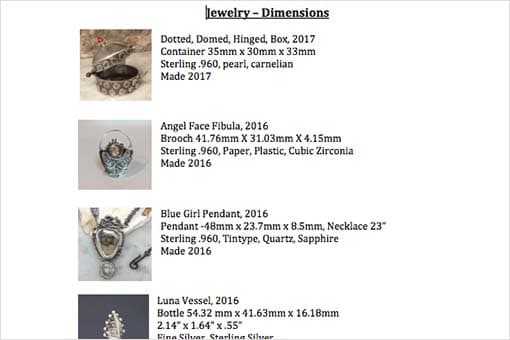 Occasionally you’ll see a call for entry long before the deadline. In that case, you will have time to make something to fit the requirements as well as gather the required information. But more often you’ll come across the request at the last minute and will want to enter with an image of a piece you’ve already made. Being prepared for these opportunities is critical!
Occasionally you’ll see a call for entry long before the deadline. In that case, you will have time to make something to fit the requirements as well as gather the required information. But more often you’ll come across the request at the last minute and will want to enter with an image of a piece you’ve already made. Being prepared for these opportunities is critical!
Every time you make and photograph your work, keep all the details and dimensions in a ‘Submissions’ folder, so they’re at your fingertips when you find a last-minute opportunity. Create a document to list every event or group to whom you submit. Having an easily accessible record of this information can be helpful so that you don’t duplicate images when submitting to competing publications or events. This doesn’t mean you can’t submit photographs of the same object, just not the same photo.
Add another document to your folder called Jewelry Dimensions. Include a picture of each piece of jewelry you photograph, followed by descriptive information (dimensions such as height/width/depth in both mm and inches, materials used, date created, and the photographer credit if you didn’t take the photo). Title your piece; if you don’t have a name or title for it, write something like ‘Untitled – Ring.’
Photograph Your Work for Submission

Barbara Simon, Green Rocks
Using props to photograph your piece may work for your website, but if you want your photos to be accepted for competitions or for print, they should always be on a white, black, or gradient background. Make sure your photo is well lit, in focus, and free of signage or watermarks.
Newer cell phones can take good pictures; look for online tutorials that will show you how to get the most out of your phone’s camera. Remember: the more megapixel capacity, the better the image. Start taking reference (or archive) pictures of every piece you make, it is an excellent way to practice taking pictures.
If you decide to hire a professional photographer, consider asking for more than one background, or for a front and back shot of your piece. Getting to know your photographer and being precise about what you expect in your photographs will build a good relationship and result in great photographs.
Jurors Rely Entirely on the Photograph
These days, most jurors are looking at images submitted for their exhibit/event on their home computers. The larger the image format, the more precise the details will be, and the better they’ll be able to assess your work. Often they’re looking at hundreds, if not thousands, of entries, and each one is on their screen only for a couple of seconds. Jurors often aren’t shown the name of the artist so all work is judged entirely on its own merit. If your photograph doesn’t tell the whole story immediately, it will likely be passed over. Make sure your work is chosen by having the most possible photograph!
This is an excerpt from an article in AMCAW’s online Learning Center. To see the full article with links to key sites and resources, click here.


